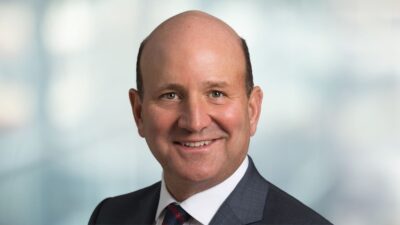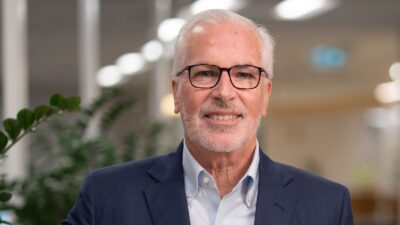The amount of money rushing into private markets asset classes has made them more efficient, and investors will need to be more selective – and peruse different opportunity sets – if they want to meet their great expectations.
With three separate businesses now combined under the Insignia banner, MLC Asset Management CIO Dan Farmer says his focus is no longer on “fixing problems” but on driving returns – and he’s looking to niche asset classes to do it.
Natural catastrophe reinsurance and music royalties have been big winners for PG3, the family office of the founders of Partners Group, which is now bringing its “highly differentiated” uncorrelated strategy to Australian investors.
European private credit manager Park Square Capital is flying into Sydney in search of institutional flows as super funds super-charge their allocations to the asset class.
Rising tensions across geopolitical fault lines have significant potential to create market shocks due to the high level of exposure Western stocks and industries have to risk hotspots, according to Verisk Maplecroft.
The two funds are pressing on with their “merger of equals” after hammering out the new entity’s board and leadership structure, promising complementary capabilities across retirement and advice, as well as fee savings for members.
Big investors want to build resilience into their portfolio and “get on with their job” of generating returns for members and clients even as policy shifts, short-termism and government interventions make that job much harder.
High returns help, but what’s more important is trust, accountability, and making sure that the remuneration structures aren’t “really cheeky”.
The $350 billion profit-to-member fund will be trying to rustle up some desk space in its London office as it makes a slew of new appointments and prepares to deploy 70 per cent of new inflows into global markets.
Nearly every Australian has super, but its settings don’t work for every Australian, according to the First Nations Foundation, which is advocating for changes around estate planning and the preservation age to make the system fairer.















